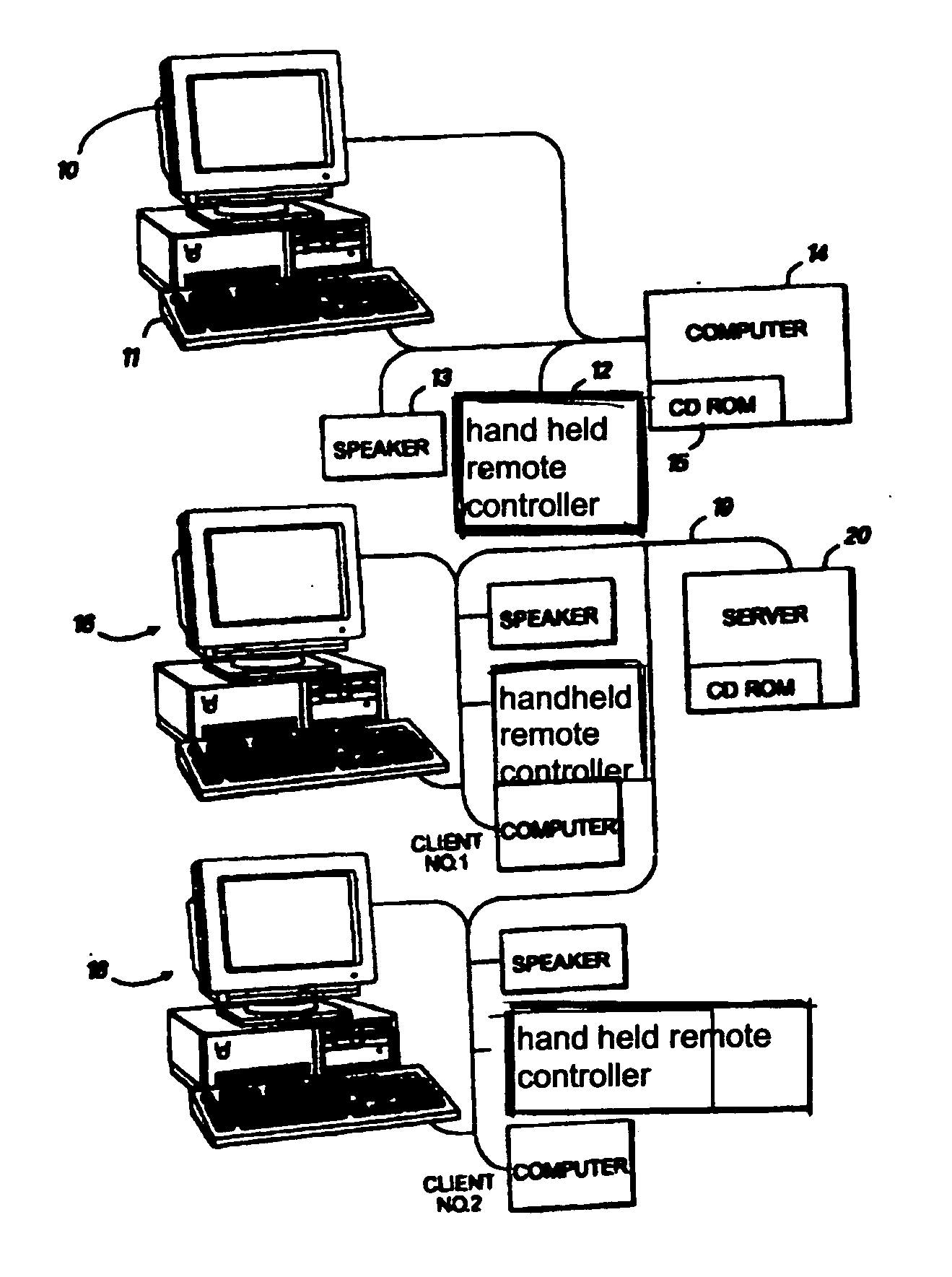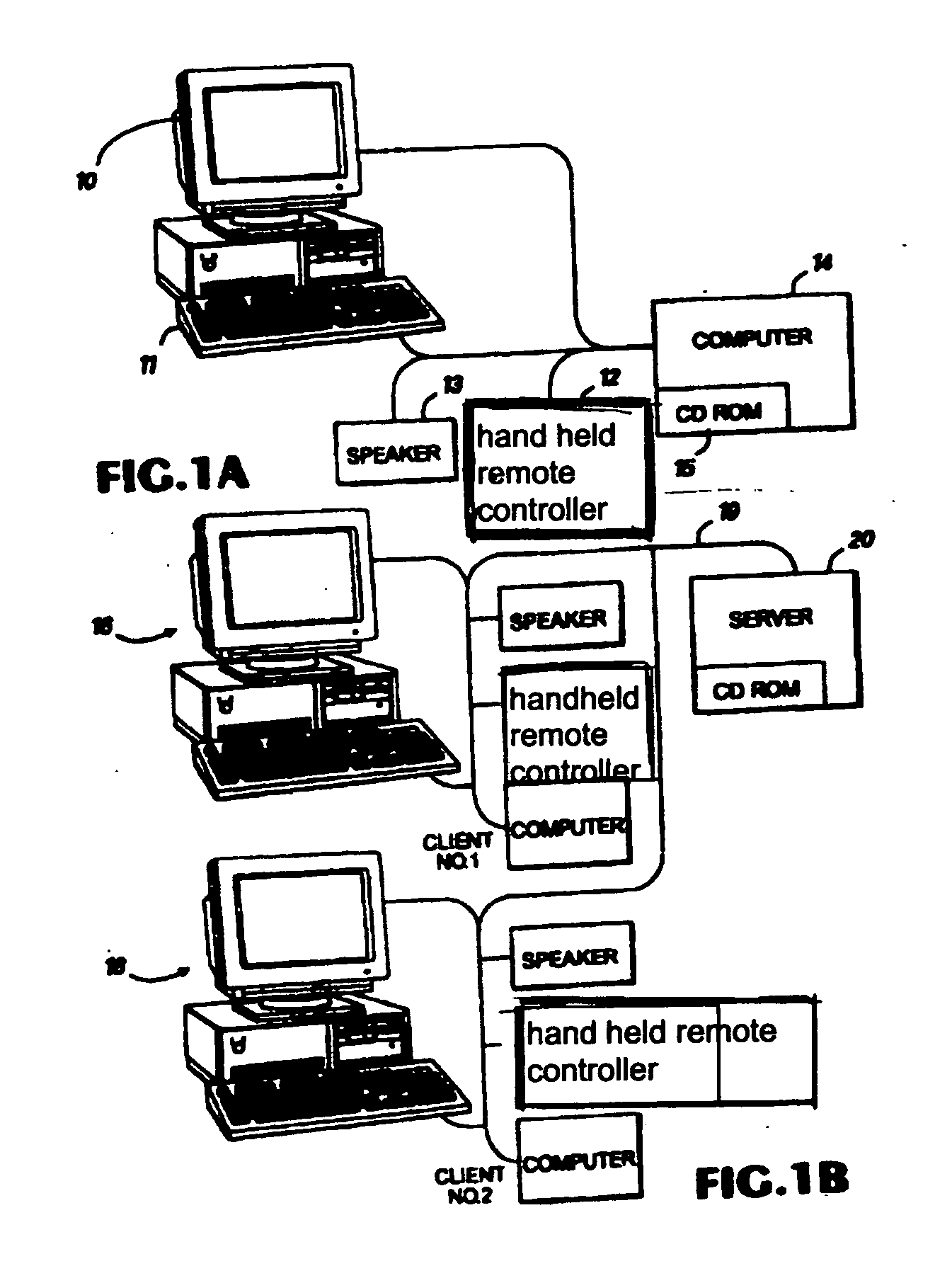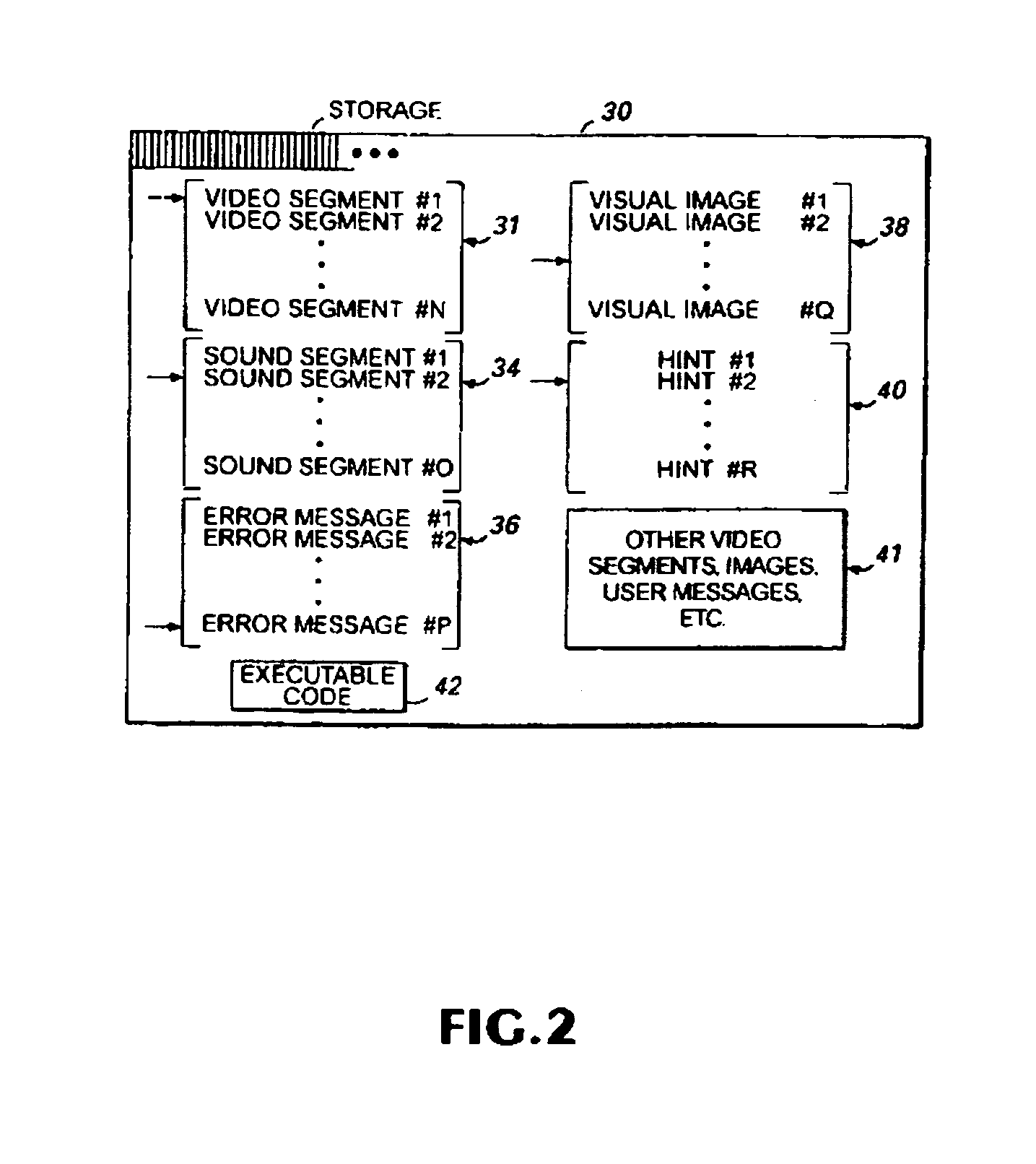Interactive Radiological sciences clinical training system
a radiological science and clinical training technology, applied in the field of radiological science medical training devices, can solve the problems of increasing the cost of proper medical education and training, the cost of a qualified instructor or proctor is responsible for a significant component of these costs, and the training of practitioners is relatively small, so as to facilitate education and training.
- Summary
- Abstract
- Description
- Claims
- Application Information
AI Technical Summary
Benefits of technology
Problems solved by technology
Method used
Image
Examples
Embodiment Construction
[0031] By way of example, the present invention is illustrated in terms of a system for use in training medical personnel in radiological science procedures. The example application described herein is only one example application of the present invention and is provided for the purpose of better explaining the present invention. The present invention may be applied to any number of other radiological science procedures. Thus, the present invention should not be limited to the specific example of radiological science procedures described herein.
The Hardware
[0032] Shown in FIG. 1 is an example of a multimedia computer system 10 which could be employed to implement the present invention. In FIG. 1, a computer system 10 is shown having at least a 486 based 33 Mhz CPU based computer 1 with an internal hard drive, a disk drive 9 (which could also include a CD-ROM reader 8), a monitor 2, speakers 3 and a laser disk player 4 for playing a laser disk 5. The computer system 10 may also in...
PUM
 Login to View More
Login to View More Abstract
Description
Claims
Application Information
 Login to View More
Login to View More - R&D
- Intellectual Property
- Life Sciences
- Materials
- Tech Scout
- Unparalleled Data Quality
- Higher Quality Content
- 60% Fewer Hallucinations
Browse by: Latest US Patents, China's latest patents, Technical Efficacy Thesaurus, Application Domain, Technology Topic, Popular Technical Reports.
© 2025 PatSnap. All rights reserved.Legal|Privacy policy|Modern Slavery Act Transparency Statement|Sitemap|About US| Contact US: help@patsnap.com



